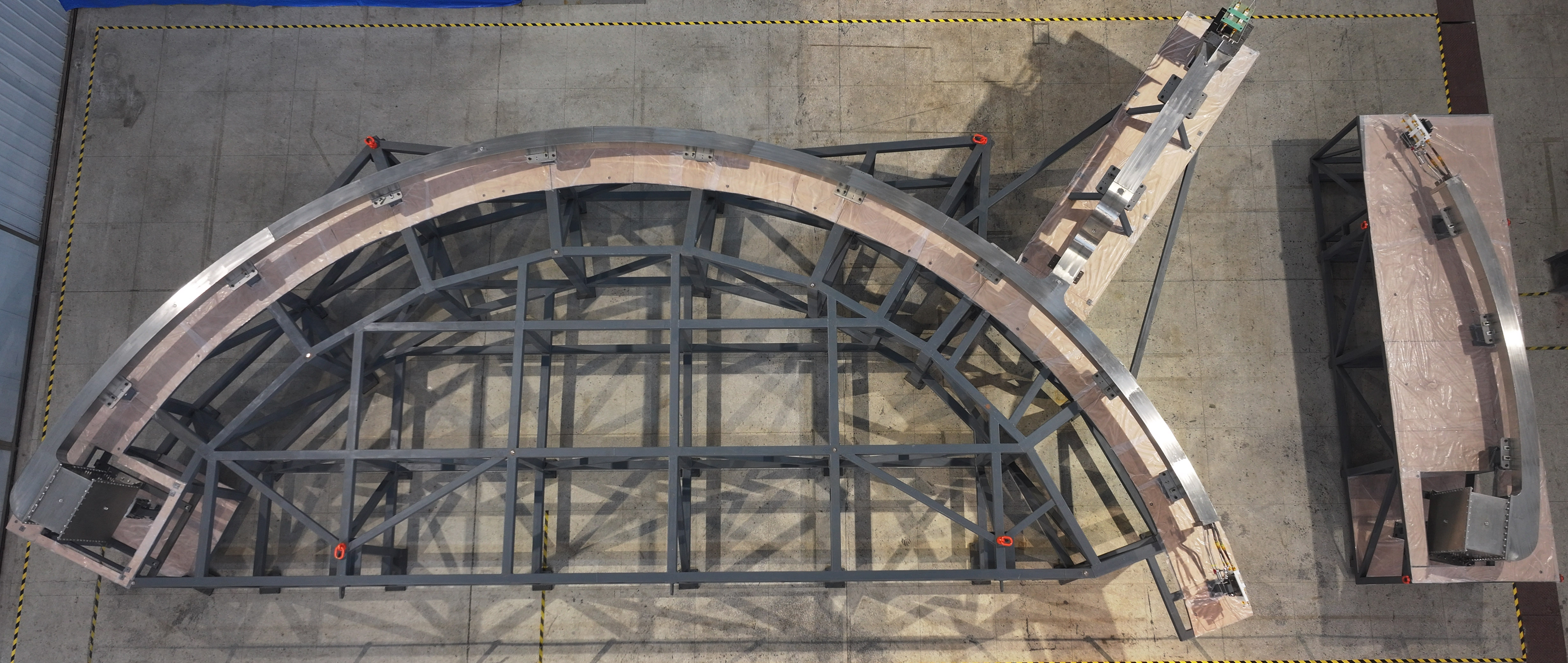
On April 11, Institute of Plasma Physics (ASIPP), the Hefei Institutes of Physical Science of the Chinese Academy of Sciences, achieved a major milestone with the completion and handover of the final Correction Coil In-Cryostat Feeder (CC ICF) component for the ITER project.
This marks the successful conclusion of all major components for the ITER magnetic feeder system, which is essential for energy transmission, cooling, and the safe release of magnetic energy in the event of faults.
The ITER magnetic feeder system, often referred to as the "lifeline" of the magnet system, plays a crucial role in delivering energy and control signals to the core plasma. Developed and tested entirely by ASIPP, the system comprises 31 sets, totaling approximately 1,600 tons. Among these, the correction coil in-cryostat feeders, each measuring 16 meters in diameter and 3 meters in height, are critical components that must meet rigorous precision standards, including ultra-low resistance and high insulation requirements.
To overcome these technical challenges, the project team has introduced several innovations, such as high-precision measurement networks for large components, advanced insulation processes, and superconducting junction boxes with resistance below 0.5 nanoohms. Since taking on the ITER feeder procurement package, the team has completed 85% of the tasks, successfully overcoming key technological obstacles. Over 100 major components have been delivered, with the domestic production rate of key components rising from 31% to 100%.
This accomplishment marks ASIPP's continued progress and valuable contribution to the successful development of the ITER project.

ASIPP, HFIPS achieves key milestone with handover of ITER Correction Coil In-Cryostat Feeder. (Image by CAI Qimin)

The feeder system plays a crucial role in delivering energy and control signals to the core plasma. (Image by HFIPS)